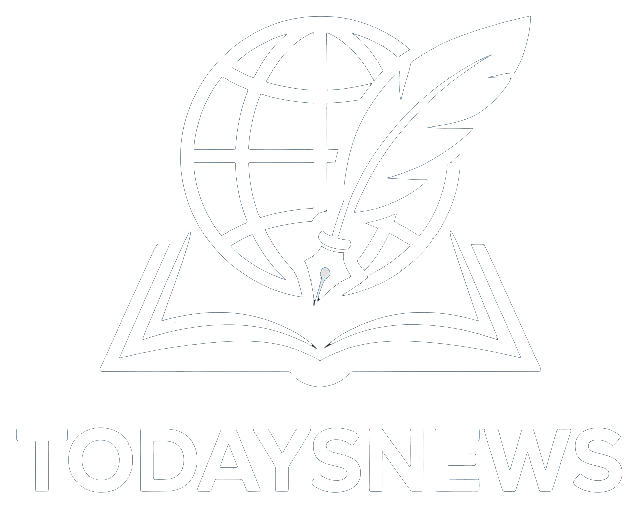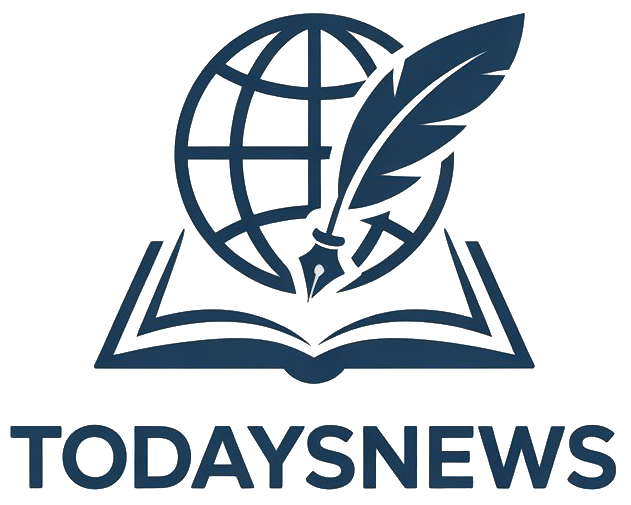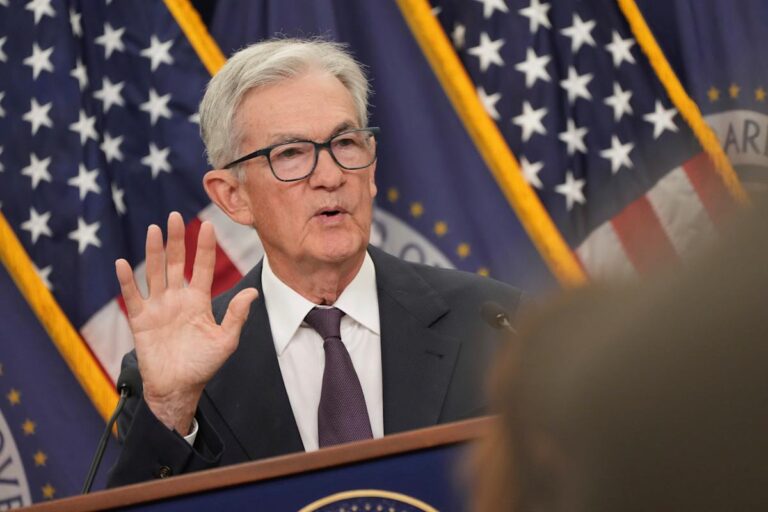This is The Takeaway from today’s Morning Brief, which you can sign up to receive in your inbox every morning along with:
Waiting and watching is over.
When the labor market was stronger, the Fed had the time and the focus to lean into its inflation-fighting mandate, but that phase has now ended.
Without fully subduing pricing pressures, the central bank now has to struggle on two fronts, turning its attention to maximum employment and a more neutral monetary policy. The Fed, for the first time since December, has loosened its restrictive grip.
“There are no risk-free paths now,” said Chair Jerome Powell at the press conference Wednesday. “It is quite a difficult situation for policymakers.”
Read more: How the Fed rate decision affects your bank accounts, loans, credit cards, and investments
In prior policy decisions, when the Fed confronted the threat of looming tariffs and persistent inflation, the balance of risks was clearly tilted towards keeping prices stable. But lower levels of job creation and higher unemployment warranted a change in policy as the risks between inflation and a weakened job market have meaningfully shifted, Powell said. And thus, the Fed began its move away from its moderately restrictive stance.
It is, as Powell clarified, “quite an unusual situation” for the Fed’s two goals to be in tension. But he clarified that the framework is clear and requires the Fed to ask itself “how far is each from the goal and how long is it expected to get to the goal” when deciding what to do.
But that framework has little to say about what to do, only how to weigh the goals, and the potential to execute a misstep is growing.
Fed policymakers envision more easing to come. The median estimate from all Fed officials is that there will be two more rate cuts this year, up from a prior estimate released in June, as the labor market deteriorates.
The ‘dot plot’ featured scattershot forecasts, suggesting more dissents, or at least differences in opinion, to come — something likely to get lots of attention as questions about Fed independence abound amid the White House’s influence campaign. But Powell attempted to reassure the public that the culture of the institution serves as a bulwark against outside influence.
“The only way for any voter to really move things around is to be incredibly persuasive,” he said.
Wednesday’s decision came with a sole dissenter. Newly confirmed Fed governor Stephen Miran preferred an even larger cut of a half a percentage point. But the White House’s man on the Fed board had the curious effect of making the rest of the voters appear united. At least until October.


